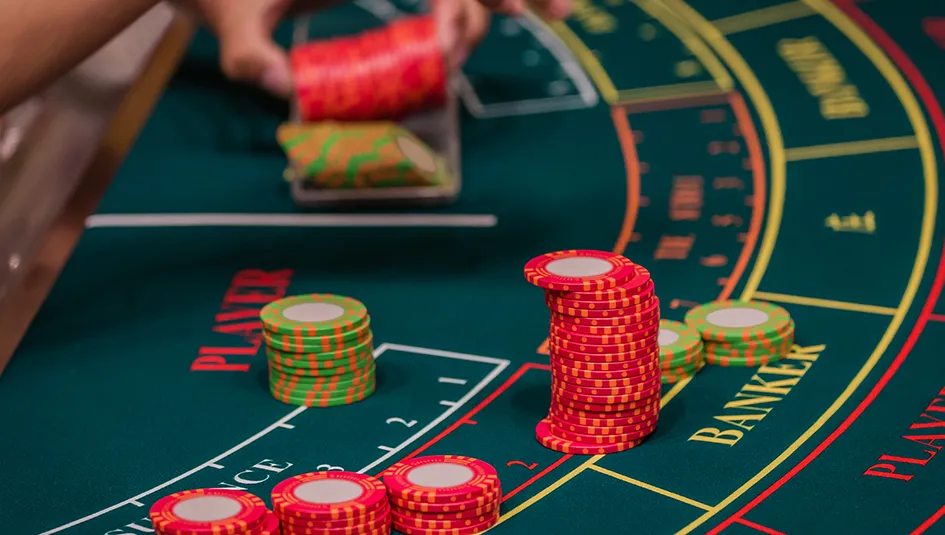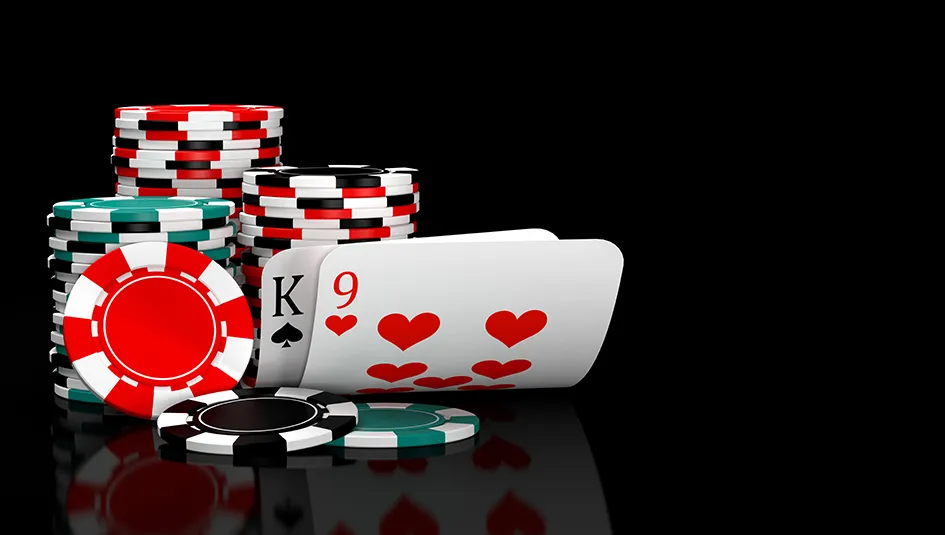The Origins of Baccarat
The first written evidence for Baccarat is from the 1800s, but according to many historians and researchers, the game has existed in some form for centuries before that. It is possible that it didn't even start out as a card game in the first, but as a tile-based game instead, like dominoes.
While there is no final consensus on what the actual origin of Baccarat is, there are 3 main theories regarding it: Italy as the origin, China as its origin, and the game Macao as its predecessor.
Italian Theory
The Italian theory states the game has its origin in the 1400s with Felix Falguierein. Felix took inspiration from a ritual that was performed in Ancient Rome where followers of the goddess Vesta would cast a nine-sided die to determine the fate of their lives.
If one of the women were to get an 8 or a 9, she was to be the next priestess. On a 6 or 7, she was banned from entering the temple. If she rolled 5 or less, she had to drown in the sea.
Although people aren't being thrown into the sea for losing at Baccarat nowadays, Felix did combine the concept of this ritual with the tarot cards, known as trionfi in Italy back then, to create the rules of Baccarat, uniting the ritual's number breakpoints of 9-8, 7-6, and 5-0, with tarot cards.
Chinese Theory
Some researchers believe that Baccarat might actually have its origins in China, with Pai Gow, a tile-based game that was popular in 1300s China. This is a much looser connection, however, with close to zero evidence towards it. The belief in this theory originates from the fact that both Pai Gow and Baccarat have 9 as their best number.
Macao Theory
Many game researchers and historians believe that the game Macao was a predecessor to Baccarat, and as the name implies, the game likely originated from Asia and was brought over to Europe through sailors.
Traditional card games like the Japanese Oicho-Kabu, and the Korean Tujeon or Tupae, were just a few of the games sailors used to play to pass the time in the 17th century and may have led to Macao's developments in Europe during the early 18th century.
Macao was so popular that it even led King Victor-Amadeus III, King of Sardinia, to ban it in all of the territories under his control.
Rise in France
It is thought that Baccarat arrived in France after the First Italian War of the late 15th century when French soldiers brought back the game from Italy, and quickly became popular amongst French nobility.
Once Baccarat was disseminated in France, it developed its two most popular variants of the time: Baccarat Banque (also known as “Deux Tableaux”, or Baccarat on Two Tables), and Chemin de Fer (which literally means Railroad), who are also two of the most popular variants of Baccarat today.
Chemin de Fer was the traditional version and may have been named "Railroad" either because the cards were placed on an iron box or it may have gained its name as a celebration of France's first completed railroads during the early 19th century.
It is in the 19th century, in France, that we get the first records of Baccarat, where Charles Van-Tenac included a mathematical analysis of the game in his book Album des Jeux.
Baccarat's ascension to popularity and its modern-day implementations didn't stop in France though...
Baccarat Outside of France
The word Baccarat first appeared in an English-speaking country in 1886 in the United Kingdom's The Daily Telegraph.
1911 is the official year that Baccarat was played in the United States, though newspaper publications mention Baccarat in the US even before that, going as far back as 1871, even though it took till the early 1900s for it to boom in popularity.
The game quickly spread to other parts of the Americas like wildfire, most notably reaching Cuban casinos. In the 1940s and 1950s, with the incredibly popular and lucrative Cuban casinos as a common choice of tourism, especially for the upper class, Baccarat boomed.
During this time, it was the Punto Blanco version that was the most popular. A version of Baccarat that was created when it spread over to the Americas and is one of the three most popular forms of Baccarat still played today, together with Chemin de Fer and Baccarat Banque. Punto Banco is a variant that focuses on Player vs House instead of Player vs Player.
Punto Blanco's rise to the top was not immediate, however. Punto Banco likely originated in Argentina during the early 1950s, but it took until 1959 for gambler Tommy Renzoni to bring Punto Banco to Las Vegas, once the United States closed off casinos in Havana, Cuba.
Not only that, but the opening night for Punto Banco in the Sands Hotel and Casino in Las Vegas was a disaster, with the House coming out at a loss of more than $250.000. Despite that, Casino owners continued to invest in the game, and it eventually paid off - becoming a hugely popular game and spawning many variations of it.
Modern Baccarat
In the past 2 decades, Baccarat has become one of the most popular casino games in the market, and with the insurgence of online casino games, it only got even more popular, with casinos around the world reporting billions of dollars being put into Baccarat.
One of the fairly recent additions to Baccarat is the Mini Baccarat variant. It is a version of Punto Banco with lower stakes and has become particularly popular in Asian countries. With better online accessibility, new variants popping up, and continuous appearances in popular media, Baccarat's future is looking brighter than ever.

 Surprising Stats About Baccarat
Surprising Stats About Baccarat The Pros and Cons of Playing Baccarat
The Pros and Cons of Playing Baccarat